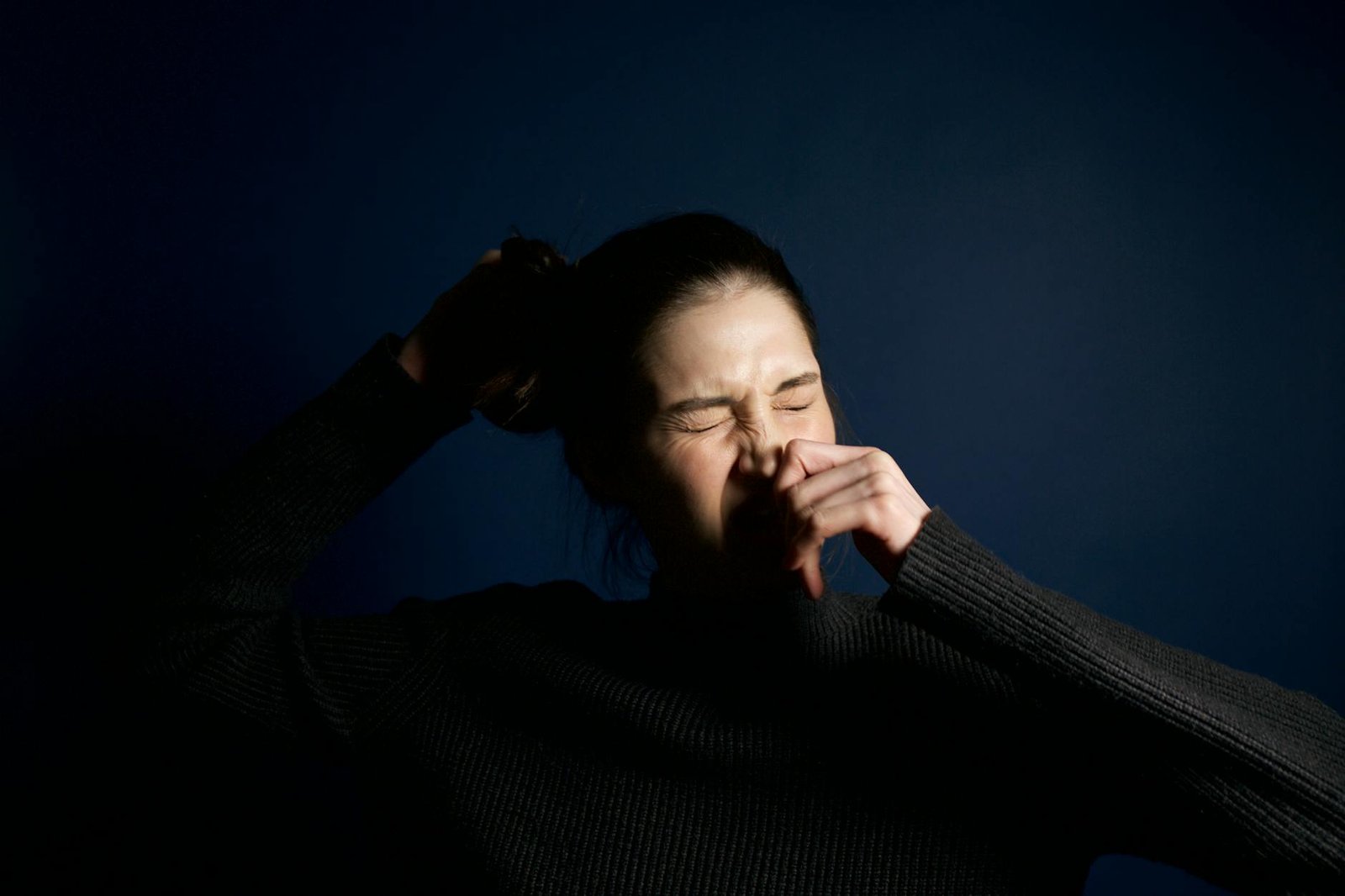
When you’re sniffling, sneezing, and just trying to make it through the day of Sevier cold, it’s tempting you to reach to whatever promises for a fast relief. But not every cold remedy delivers up to the mark. Some are more myth than reality, and a few may even make you feel worse. Let’s take a closer look on the most hyped and overrated cold remedies and what really helps to gets you back on your feet.

1. Alcohol-Based Remedies: Hot Toddy and Whiskey
The notion of drinking a hot toddy to “sweat out” an illness has been around forever. Okay, fine, the heat, the lemon, the honey are comforting, but the alcohol? Uh-uh. Alcohol can dehydrate you more and suppress your immune system, and these are the two things you don’t need when you expect to feel better soon.

It can also interact with over-the-counter cold medications. Even the World Health Organization has stated, there is no safe level of alcohol. So if you love the warm comfort of a home made hot drink such as soup and tea or coffee and even a hot water then, have it, but without the alcohol or whiskey.

2. Vitamin C: Not the Miracle It’s Made Out to Be
Vitamin C has always been promoted as a cold-fighting superhero, but science says it’s not quite so result oriented in this aspect. We all know that Vitamin C is essential for improving our immunity and health, taking high doses of vitamin c when you’re already sick doesn’t really help to reduces your cold or make the symptoms less intense.

And high doses, more than 2000mg a day of Vitamin C, can even cause nausea, headaches, or even digestive issues. A better approach? is to stick with the daily recommended dosage prescribed by doctor if any (90mg for men, 75mg for women) and save your orange juice for just enjoyment, not for any cough or cold related emergencies.

3. Maybe That Comes with Risks
Zinc is another supplement that makes the rounds during cold and flu season. Some research claims it can cut a cold symptoms to short, but the information is not supported by any research on more actual results. Too much zinc (over 40mg per day) produces side effects to our body including nausea, dizziness, and a loss of appetite. It can also interfere with some ongoing medications, including painkillers and antibiotics. If you’re thinking about zinc supplement during cold, then always discuss with your doctor first, and don’t think yourself without any proof that more is better.

4. Over-the-Counter Drugs: More Isn’t Always Better
Cold and flu medications guarantees speedy relief, but they are also a gamble sometimes. Various such medical products have more than one active ingredient, which doubles up on formulations such as acetaminophen without your knowledge. That is hazardous to your health. And for older people, some of such ingredients, particularly older antihistamines, can create confusion, drowsiness, or even lead to falls. The takeaway? is to carefully read the labels, don’t mix and consume medicines without doctor advice, and consult with a pharmacist or physician if unsure.

5. Hydration, Honey, Steam, and Plenty of Rest
So, what do you do when you get a cold? The basic remedies on it still work best. Better hydration and drinking enough water with adding honey, can help your body to thin mucus and combat cold infection.

Honey will calm a sore throat and as contains natural antibacterial agents, just don’t give honey to infants under age one. A steamy hot water bath always helps to unclog the sinuses and open nose airways.

And the final cure? is the better rest. As, a good sleep, allows your body to take more relaxed rest, with wind down and recover is one of the best and strongly effective things you can do to relief from cold and weakness.

If your cold persists for longer than 10 days, and your fever doesn’t reduce, or you experience any other peculiar symptoms, such as difficulty in breathing or chest discomfort, then instead of going with such popular but overrated cold remedies, it’s time to immediately see a doctor and take a correct treatment. Cold symptoms, in most cases, will resolve themselves by the time passes and with more body rest, but avoiding the such gimmick overrated cold remedies, it is better sticking with what really works better for the healing process much smoother with the help of expert doctor advise.
